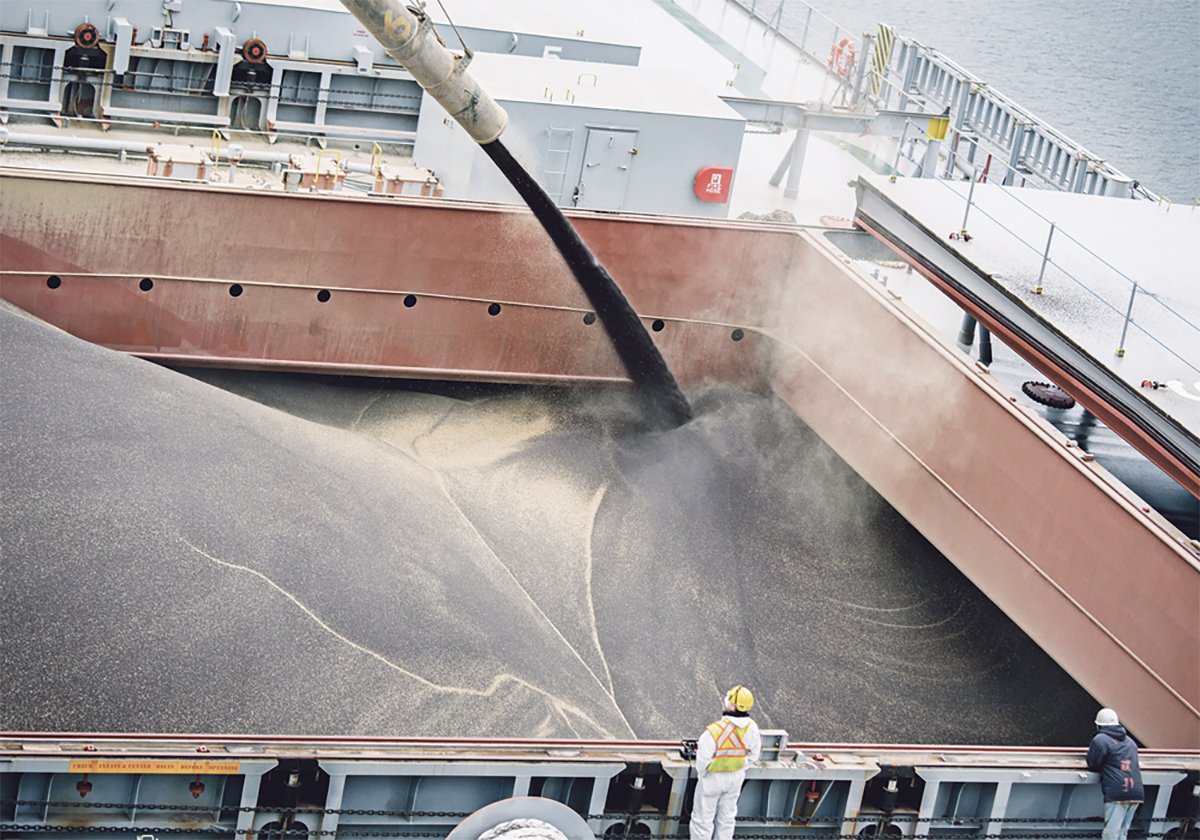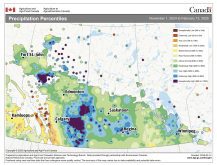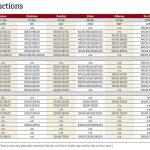Last year’s prices were 20 to 25 percent higher than the previous year, and nothing is expected to change for 2019-20
Oat growers should expect more of the same in 2019-20, says an analyst.
“Next year should actually be another good year for oats unless we increase acres a lot more,” said Marlene Boersch, managing partner in Mercantile Consulting Venture.
She is forecasting a two percent hike in acres, 3.6 million tonnes of production and 477,000 tonnes of carryout, down from 564,000 tonnes this year.
That is not a burdensome supply, which means growers can expect another year of good prices, she told farmers attending CropSphere 2019 in Saskatoon.
Read Also

Exports off to a slow start after last year’s torrid pace
Canadian grain, oilseed and pulse exports are off to a slow start, but there are some bright spots, according to the Canadian Grain Commission’s most recent weekly export data report.
Global oat supplies tightened up in 2018-19 with smaller crops in the European Union, Russia, Canada and Australia.
Global supply is 2.7 million tonnes, down from the five-year average of three million tonnes. It is the lowest level since 1960.
“That’s why we have the positive response on the prices we’re seeing this year to date,” said Boersch.
Prices in 2018 were 20 to 25 percent higher than the previous year.
While global markets are important for most Canadian crops, for oats it is really all about the United States, which accounts for 91 percent of Canada’s oat exports.
That is due to a precipitous decline in U.S. oat acres, a casualty of the growth in corn and soybean acres in that country.
Boersch said U.S. oat demand has been very steady with declining feed demand offset by rising food demand.
She is forecasting that U.S. ending stocks will be at a five-year low in 2018-19, which is why she is advising growers not to sell oats below $3.50 per bushel because U.S. buyers have nowhere else to go.
“They will have to come to you, the growers in Canada,” she said.
A buyer from Grain Millers, which processes about one-quarter of the oats in North America, said a lot of the carryout will be poor quality product that can’t be milled.
So he agreed that growers with milling quality oats should hold out for better prices. He also agreed that next year’s prices should be good.
Boersch said one caveat in the oat market outlook is the ongoing tariff war between the U.S. and China, which is going to result in a sea of soybean carryout and reduced soybean acres in 2019.
Some of those acres could shift to oats in the northern states. If that happens in a big way, it will disrupt export sales to Canada’s top market, which is why growers might want to lock in some of their 2019 production.
“If you see some good forward contracts above the $3 level, you might want to sign up some of those,” she said.
Boersch said there are plenty of opportunities and threats on the horizon for oats.
Sales to Mexico are on the rise, and there is a rapidly growing market in China if Canada can negotiate reduced import tariffs for the commodity.
Australia has tariff-free access to China and far lower transportation costs, but it tends to have a lot more crop wrecks than Canada, so there is a need for another source of supply every three years or so.
Another opportunity is in new food products such as Oatly, a Swedish oat-based dairy substitute that is making waves in the United Kingdom and the U.S.
The biggest threat she sees is the glyphosate residue issue. General Mills is the subject of a class action lawsuit for failing to disclose glyphosate residue on its Cheerios cereals products.
The buyer from Grain Millers was asked if the company is considering revisiting its glyphosate policy. The company announced in 2015 that it was no longer accepting oats treated with glyphosate.
The buyer told the CropSphere audience that is not in the cards because of changing consumer attitudes.
“I don’t see us going back,” he said.
“There is no other choice for us.”


















